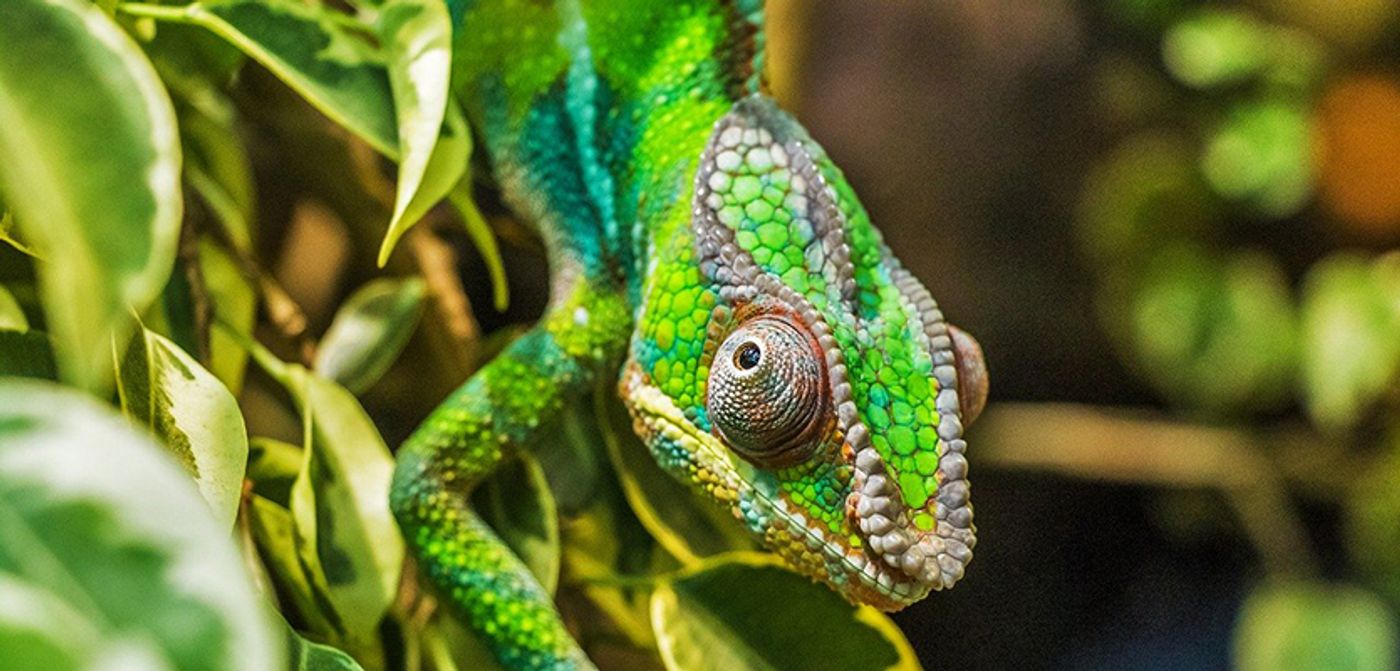Scientists Rediscover "Lost" Chameleon Species in Madagascar
Voeltzkow’s chameleon was recently rediscovered after disappearing for more than 100 years. According to an article from Forbes, this particular chameleon species had not been seen since 1913, causing many scientists to question its existence. As detailed in a paper recently published in Salamandra: German Journal of Herpetology, Voeltzkow’s chameleon (Furcifer voeltzkow) was spotted on an expedition to Madagascar in April 2018.
The expedition was part of the nonprofit Global Wildlife Conservation’s (GWC) Search for Lost Species Program. According to the study, Voeltzkow’s chameleon was one of the “25 most wanted” species targeted by this expedition. In a statement from GWC, Don Church, the organization’s president and Search for Lost Species program lead, stated, “The Voeltzkow’s chameleon adds color and beauty to the planet, and reminds us that even when all seems lost, a great adventure can rekindle hope even for species we haven’t seen since Woodrow Wilson was president.”
According to the study, this chameleon species is native to northwestern Madagascar and extremely short-lived, only living as long as a single rainy season, which is about four to five months. This short lifespan paired with a remote and challenging to reach habitat made finding this species nearly impossible. It wasn’t until the final days of the trip that the team found and documented these peculiar chameleons.
Global Wildlife Conservation reports that the team found three male and 15 female chameleons, marking the first time females of this species have ever been studied. According to GWC, females are smaller and more brightly colored with patterns of purple, orange, red, green, black, and white. The study states that males are mostly green. GWC also reports that because of this expedition, the study provided the first natural history data for this species. Additionally, the team documented morphological, color, and genetic differences between Voetlzkow’s and Labord’s chameleon—a closely related species.
The study suggests that this species may qualify to be listed as “endangered” by the IUCN due to habitat fragmentation caused by fires and deforestation. According to Forbes, this chameleon species is the sixth to be crossed off the “25 most wanted” species targeted by GWC’s Search for Lost Species Program.
Sources: Global Wildlife Conservation, Salamandra: German Journal of Herpetology, Forbes









